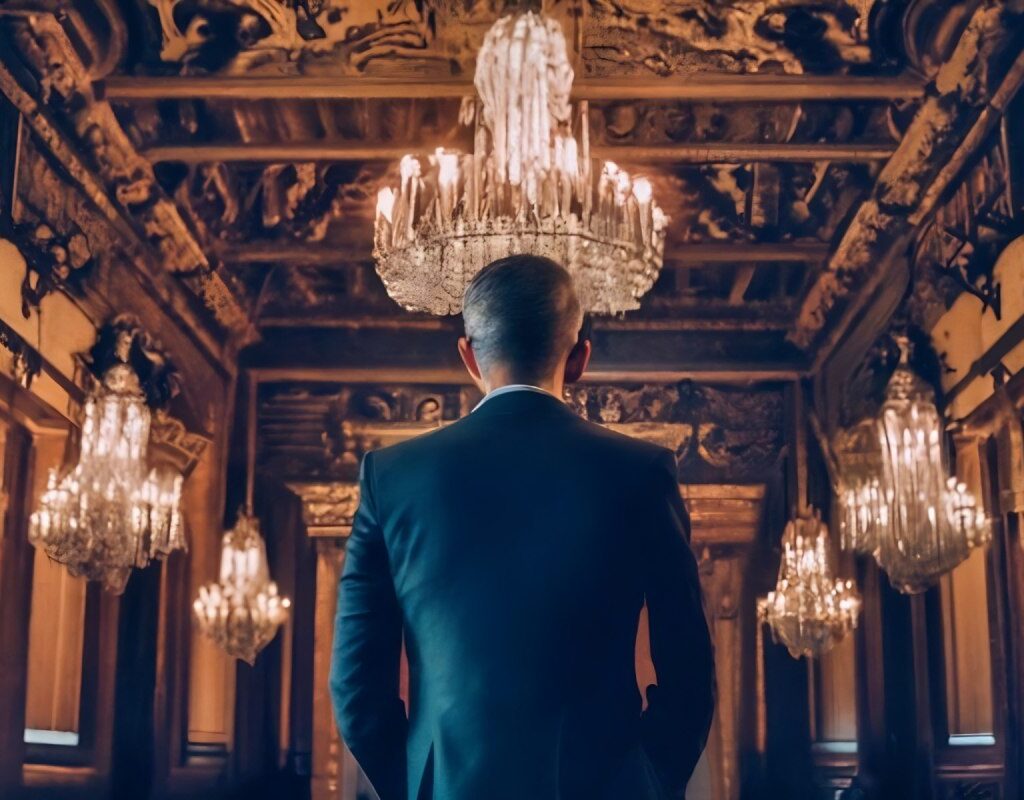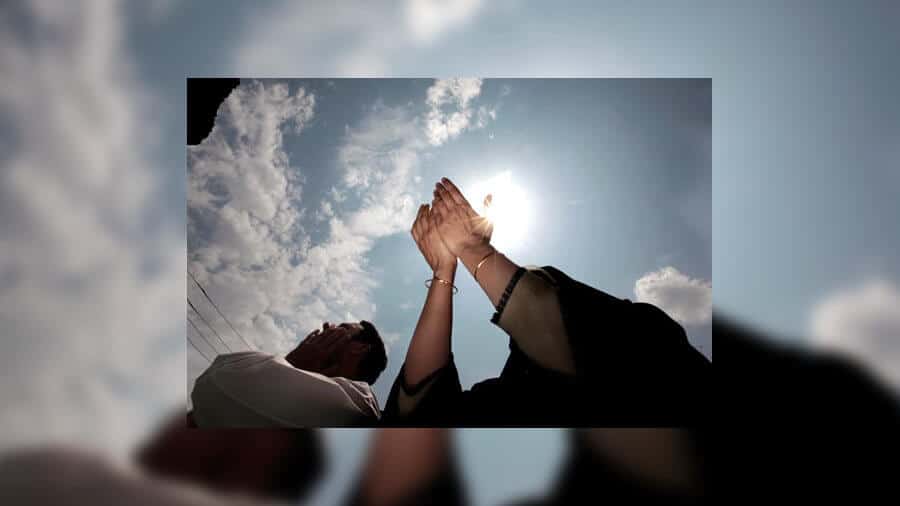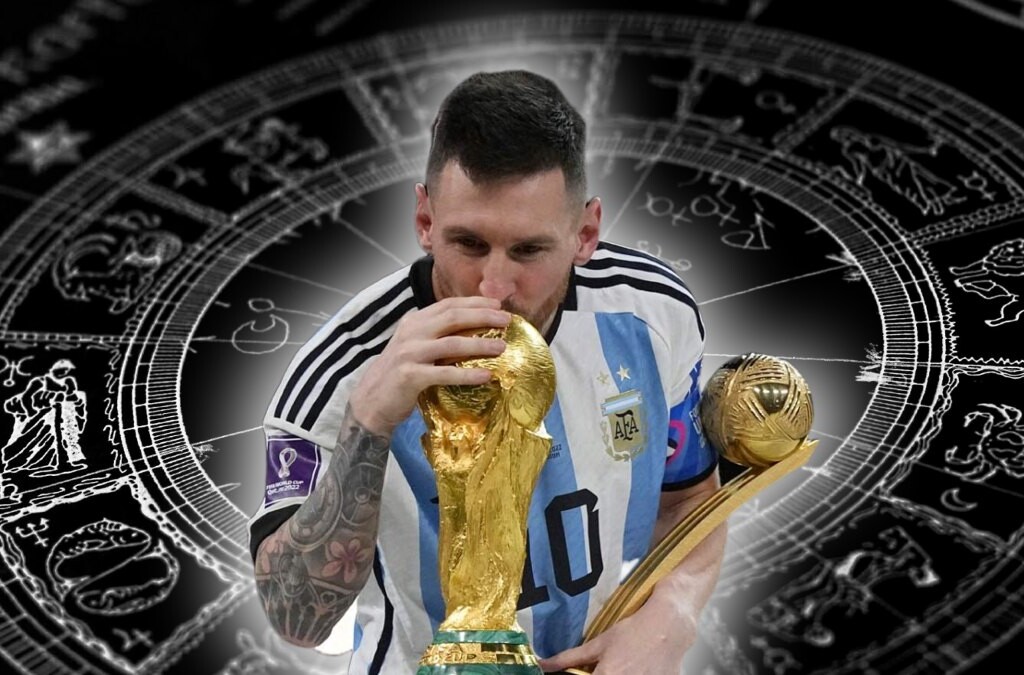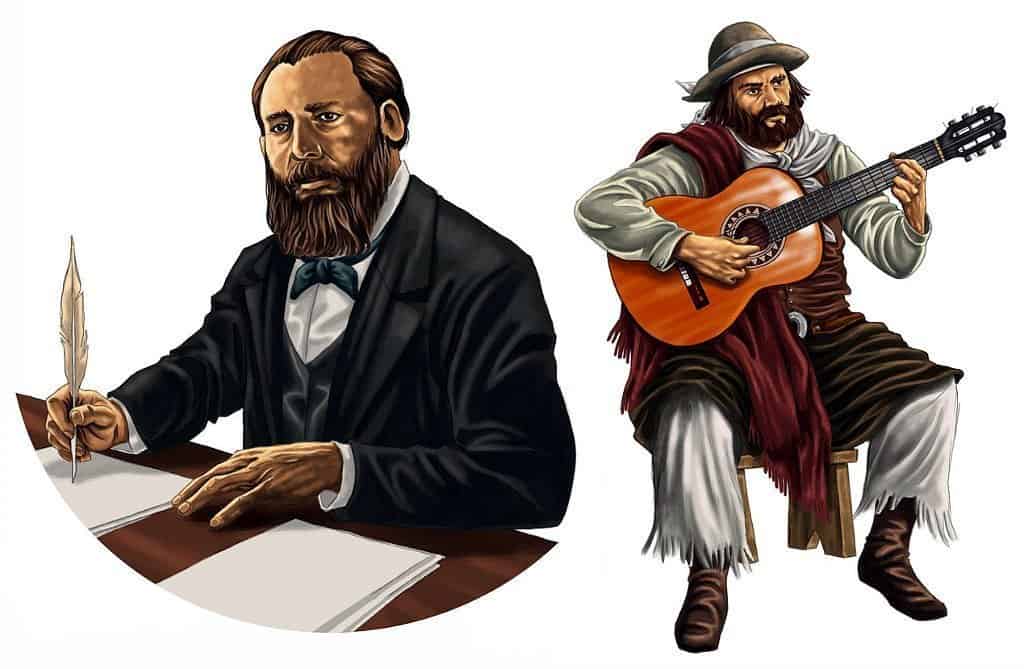In a recent chapter of Argentina’s dynamic political theater, a unique crossroads of esotericism and power surfaced. On October 17, 2006, the remains of Argentina’s thrice-elected president, General Juan Domingo Perón, were transferred from Chacarita cemetery in Buenos Aires to a dedicated resting place in San Vicente, Buenos Aires.
The Mystical Undertones of Perón’s Move: A Surprising Chapter in Argentine History
Delving into the Esoteric in Perón’s Transfer: Argentine Politics’ Myth or Reality?
A mausoleum had been erected specifically for him there, adjacent to the grave of his second wife, Eva Duarte. Historically, Argentina has occasionally hesitated in letting its notable figures find eternal peace. For instance, San Martin was repatriated over 30 years posthumously, while Rosas languished for 120.
With Perón, a peculiar saga seemed to be drawing to a close. However, unease pervaded the streets. Factional rifts within the self-identified Peronist movement culminated in clashes punctuated by gunfire. This tumultuous episode is well chronicled.
Yet, a lesser-known facet of this narrative exists. Mystics and spiritualists globally posited that a “mighty ultraviolet cosmic ray” was set to strike Earth that day, intensifying the day’s thoughts and happenings.
Personally, I lean toward deeming such a claim more fantastical than factual. While we do inhabit a world steeped in ultraviolet radiation, a “ray” of such proportions would surely register on our scientific instruments.
And to esoteric enthusiasts suggesting certain phenomena are purely spiritually discernible, it’s curious that they employed the term “ultraviolet ray”—a quantifiable concept. What purpose does this seemingly unrelated point serve?
October 17 already bears significance for the Peronist faction. However, this day—marked by Perón’s remains’ relocation—also emblematically signifies the convergence of two monumental figures for numerous Argentines, intriguingly synchronized with the supposed “cosmic occurrence.”
This serendipity intimates that, perhaps, figures in influential circles might be attuned to these esoteric facets of Peronism—stretching beyond public personalities like López Rega, Perón’s astrological counsel, and enigmatic events like the theft of his hands or rumored affiliations with clandestine groups linked to his heritage.
José López Rega, the ‘Sorcerer’: From Patrolman to Social Welfare Minister
The Peculiar Journey of José López Rega: From Patrolman to Argentina’s Social Welfare Minister, and His Affiliation with Esotericism and Ancient Egypt
José López Rega’s ascent from his unassuming origins as a police patrolman and guardian to Perón culminated in his appointment as the personal and confidential secretary to the General. Later, under the leadership of María Estela Martínez de Perón, the General’s third wife, he secured the position of Argentina’s Minister of Social Welfare.
Within esoteric realms, he was recognized as “Brother Daniel.” López Rega synthesized a myriad of spiritual beliefs, ranging from Umbanda and astrology to ties with Freemasonry. He was the founder of the “Anäel” Lodge and was known to attend the “Irma de Maresco School,” which blended Catholic tenets with Kardecist spiritualism.
López Rega’s deep interest in Ancient Egypt fostered a belief that both he and Perón had once been notable figures in an Egyptian dynasty.
A moment that left an indelible mark on those present during Perón’s final hours was the sight of López Rega attempting, albeit in vain, to “revive” the deceased leader, fervently exclaiming, “Arise, Pharaoh!” Yet, Perón’s repose remained undisturbed.
Mysticism and Politics in Argentina: A Historical Interplay
The Veiled Ties: Argentine Politics and the Influence of Secret Societies
Argentina’s intertwining of mysticism and politics traces back to ancient times. Delving into history, we discover President Hipólito Irigoyen’s affinity for spiritualism, akin to that of Socialist Representative Alfredo Palacios. Even seminal figures like Rivadavia and San Martin bore associations with the Freemasons.
Considering San Martin, his rapport with Simon Bolivar facilitated the Guayaquil Pact. Heeding his lodge’s directives, San Martin laid the groundwork for three sovereign states: Argentina, Chile, and Upper Peru (subsequently bifurcating into Bolivia and Peru).
In an epoch ruled by monarchies, a vast continental expanse risked succumbing to imperialistic designs. Post the French Revolution, Freemasonry typically found itself at odds with monarchic agendas.
Yet, presuming that secret societies and initiatory entities in Argentina’s past consistently pursued noble intents or resonated with the tenets of “liberty, equality, and fraternity” would be misguided…




